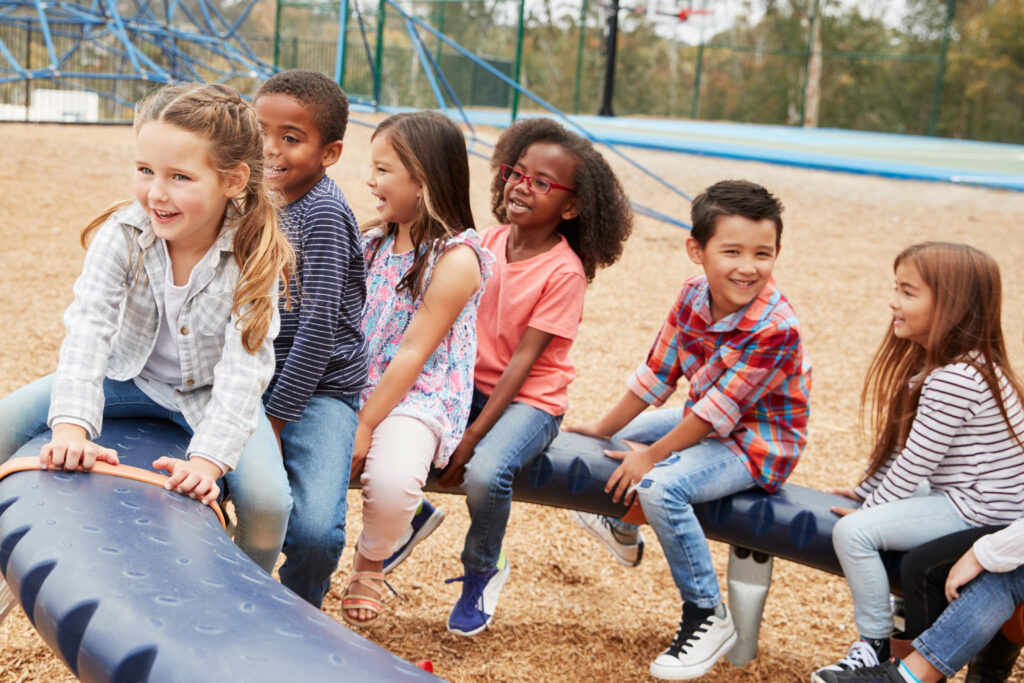You’ve probably heard this before, but it’s worth repeating: Nowadays, everything seems to turn into a political debate. I recently came across an article in the California Globe news website discussing a new law that mandates 30 minutes of daily recess for K-8 students. Interestingly, the focus of the article wasn’t so much on teachers opposing recess but rather on the requirement itself.
Let me clarify that I firmly believe in the importance of recess. Just as we wouldn’t expect adults to endure six hours of non-stop learning, we shouldn’t subject young learners to such conditions. It’s during recess that they develop crucial physical and social skills through play. When the debate centers on the mandate rather than the well-being of our youth, everyone loses. Some opponents of mandated recess argue that taking away recess will limit the consequences they can use for not performing in the classroom. It’s a paradox: we want children to be more active, yet we use their active time as a punitive measure to manage classroom behavior. In my view, we can find more creative and productive ways to encourage positive student behavior without isolating them while their peers enjoy physical activity.

The Challenge of Shifting from Recess to Classroom Learning
A common concern expressed by classroom teachers is that recess and physical education excite their students, making it challenging to regain their attention for academic lessons. This is a valid concern and one that physical educators should take seriously. I began my career as a classroom teacher, and I understand this issue firsthand. Physical educators should expect classroom teachers to bring their students to the activity area in an orderly and attentive manner. Equally important is ensuring they return students to the classroom teacher in an organized and quiet fashion. It’s unreasonable to expect classroom teachers to calm down a class that hasn’t been given the opportunity to transition back to a focused state after physical activity.
Transforming Idle Chatter into Meaningful Activity
Another concern is that during recess, some students simply stand around, leading to questions about why this time couldn’t be used for learning. It’s a valid point; too much idle chatter can impede physical activity. While some students are naturally inclined to be active and prefer movement over talking, there are also those who would rather engage in conversation than physical activity. Just like in any educational context, it’s essential to support and help these students during recess. Unfortunately, recess is sometimes viewed as a “talking break,” with supervisors merely observing. Until teachers or activity aides step in to guide youngsters on how to be active, the majority of children may not participate because they lack the confidence to do so.
Enhance Recess Time with the Following Strategies
- Promote Inclusive Play: Encourage activities that allow all students to participate. Provide areas for beginners or those interested in activities beyond traditional sports. Additionally, foster walking and socializing with friends as a lifelong physical activity.
- Implement Peer Mentoring: Older or more skilled students can mentor younger or less experienced peers. This approach is particularly effective for teaching games with a quick learning curve, like 4-square or hopscotch.
- Establish a “Hot-Spot” for New Activities: Designate an area on the playground where new activities are introduced during recess. Announce the hot-spot activity of the day. Students who wish to learn can gather in this “hot-spot” for instruction.
- Create Varied Activity Zones: Divide the playground into zones based on the type of activity. Place sports activities for older students farther from the school, while more creative or individual activities can be closer for better supervision.
- Seek Student Input: Consult students about their preferences for recess activities. They may desire a safe area for playing tag games or a walking track to socialize with friends. Incorporating their ideas can enhance engagement.
A key to making recess productive is to strike a balance between structured activities and free play while promoting physical, social, and cognitive development. Your expertise in physical education and teaching can play a significant role in implementing and improving these strategies. Physical education is the only area lobbying for physical activity and skill development. Speak up on behalf of your students.




